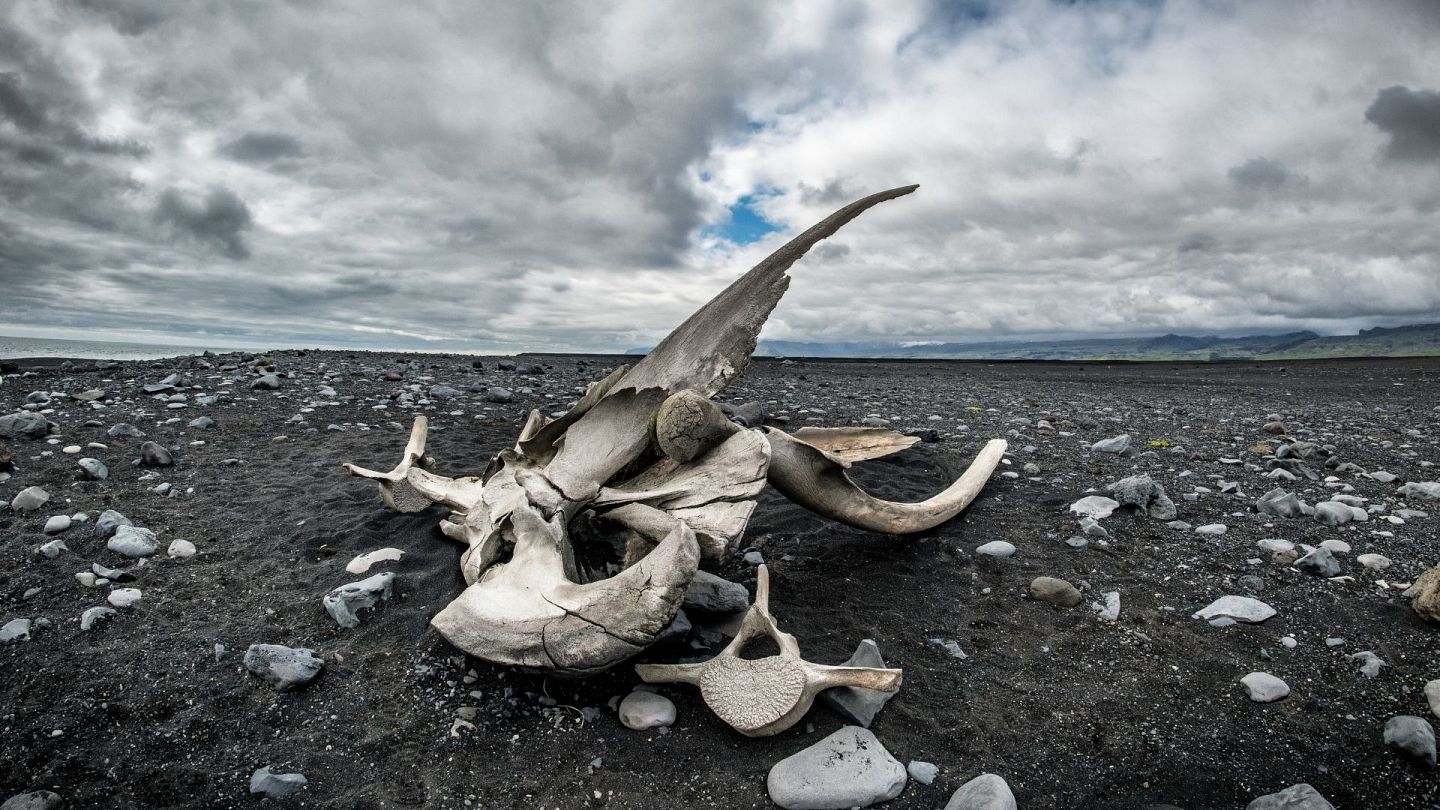A new species of ancient whale ancestor has been identified from a fossilized skeleton found in Peru.

This illustration shows an artistic reconstruction of two individuals of Peregocetus pacificus, one standing along the rocky shore of nowadays Peru and the other preying upon sparid fish. Image credit: A. Gennari.
Named Peregocetus pacificus, the four-legged whale lived approximately 43 million years ago (middle Eocene epoch).
Its skeleton was discovered in marine sediments at Playa Media Luna on the southern coast of Peru.
It was analyzed by Dr. Olivier Lambert of the Royal Belgian Institute of Natural Sciences and his colleagues from Italy, France and Peru.

“This is the first indisputable record of a quadrupedal whale skeleton for the whole Pacific Ocean, probably the oldest for the Americas, and the most complete outside India and Pakistan,” Dr. Lambert said.
Anatomical details of the skeleton allowed the paleontologists to infer that the animal was capable of maneuvering its large body (up to 4 m, or 13 feet, long, tail included), both on land and in the water.
For instance, features of the caudal vertebrae (in the tail) are reminiscent of those of beavers and otters, suggesting a significant contribution of the tail during swimming.
“The presence of small hooves at the tip of the whale’s fingers and toes and its hip and limbs morphology all suggest that this whale could walk on land,” Dr. Lambert and co-authors explained.

“On the other hand, anatomical features of the tail and feet, including long, likely webbed appendages, similar to an otter, indicate that it was a good swimmer too.”
The geological age of Peregocetus pacificus and its presence along the western coast of South America strongly support the hypothesis that early cetaceans reached the New World across the South Atlantic, from the western coast of Africa to South America.
“The whales would have been assisted in their travel by westward surface currents and by the fact that, at the time, the distance between the two continents was half what it is today,” the researchers said.
“Only after having reached South America, the amphibious whales migrated northward, finally reaching North America.”
Source: sci.news







